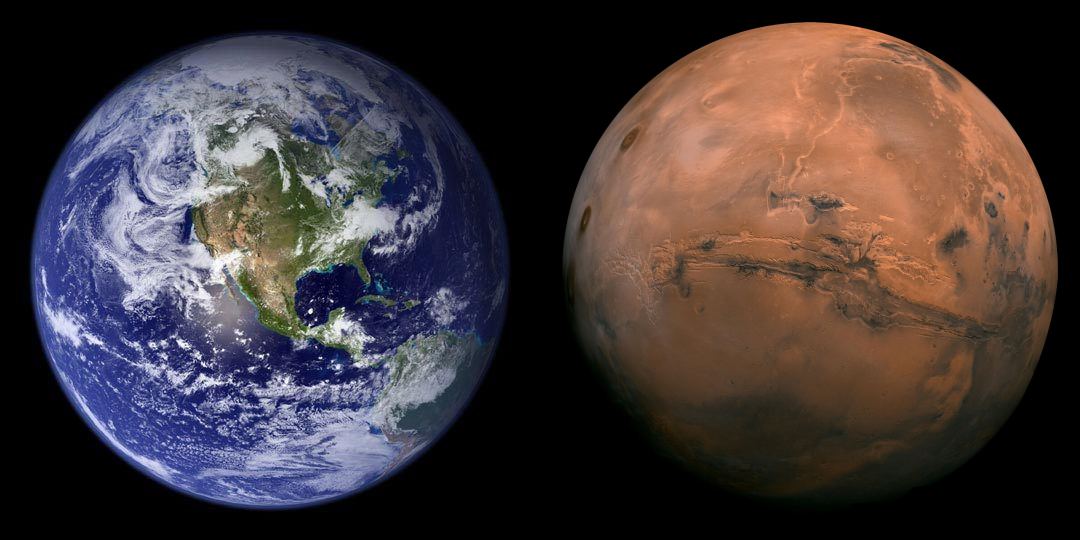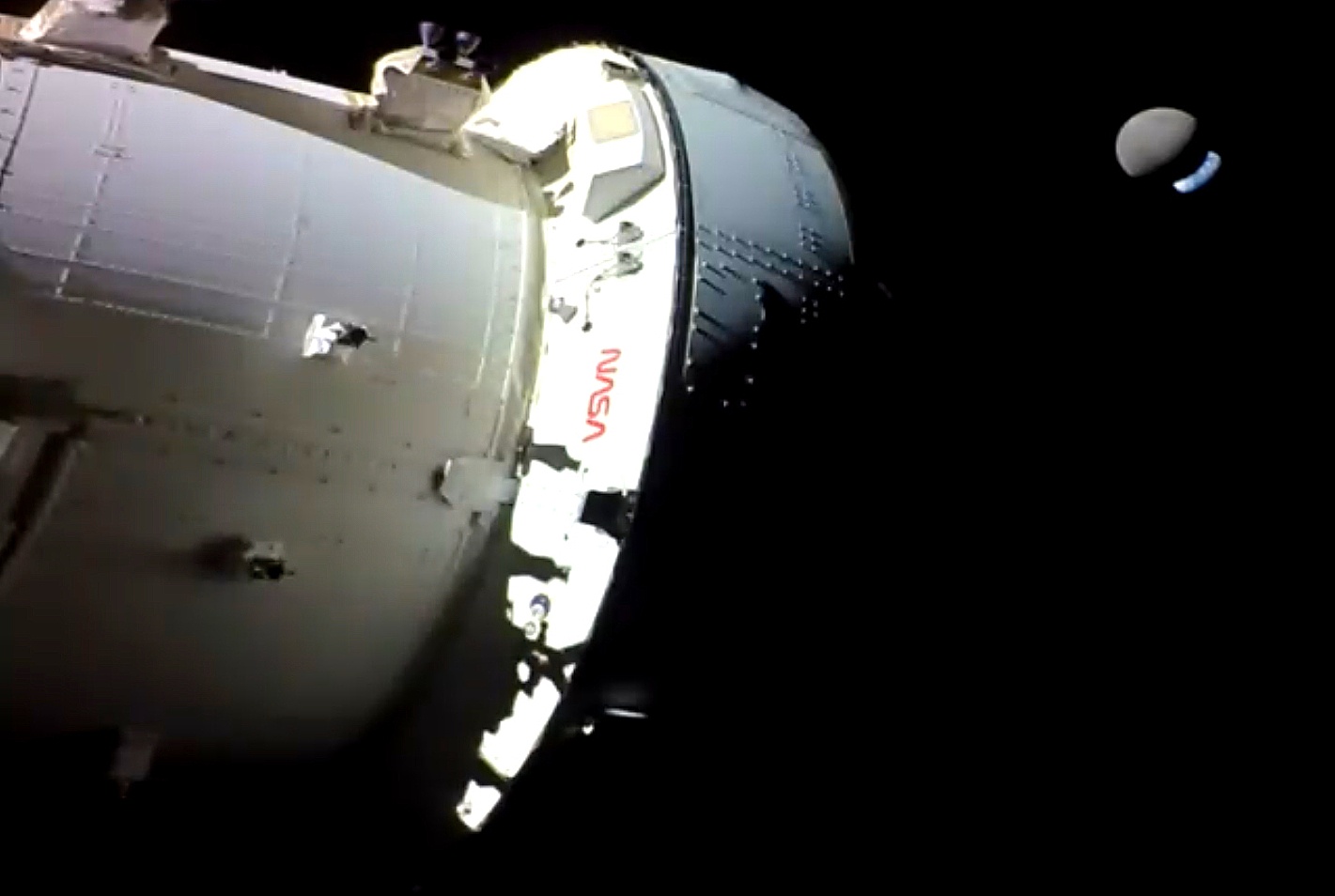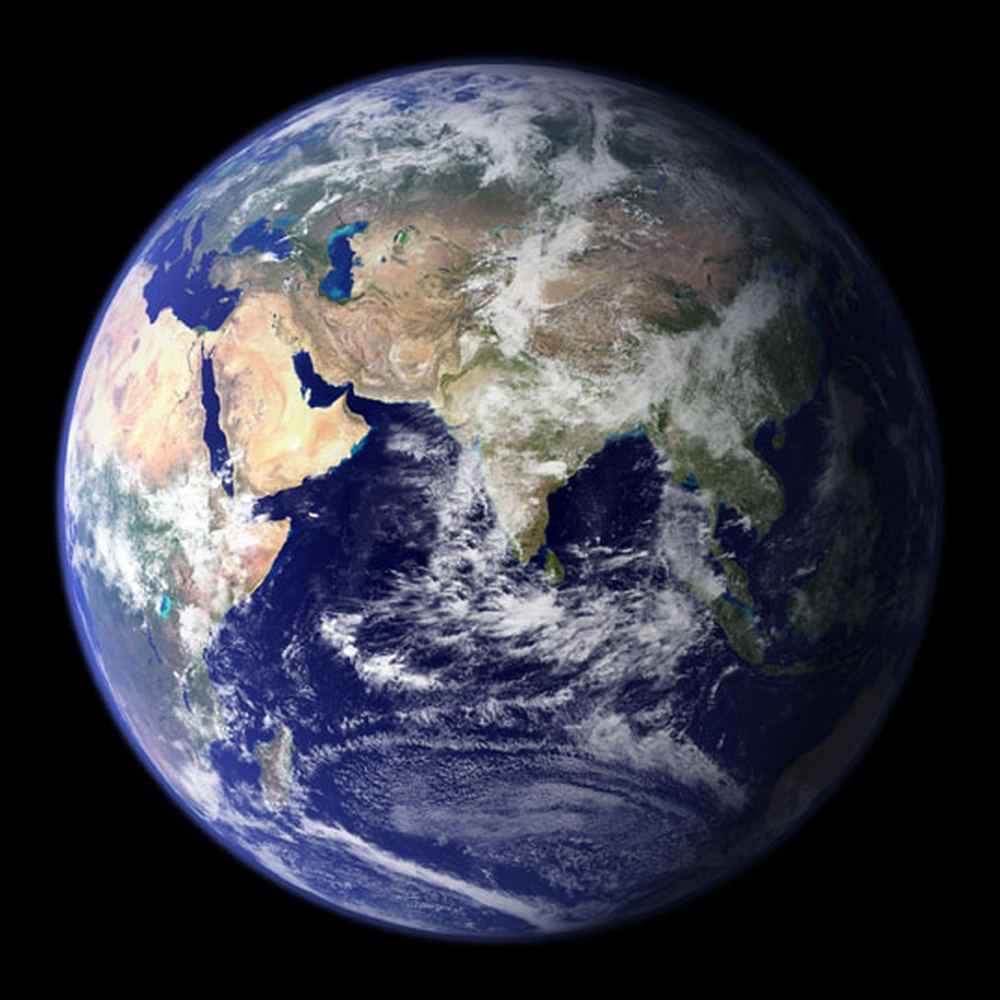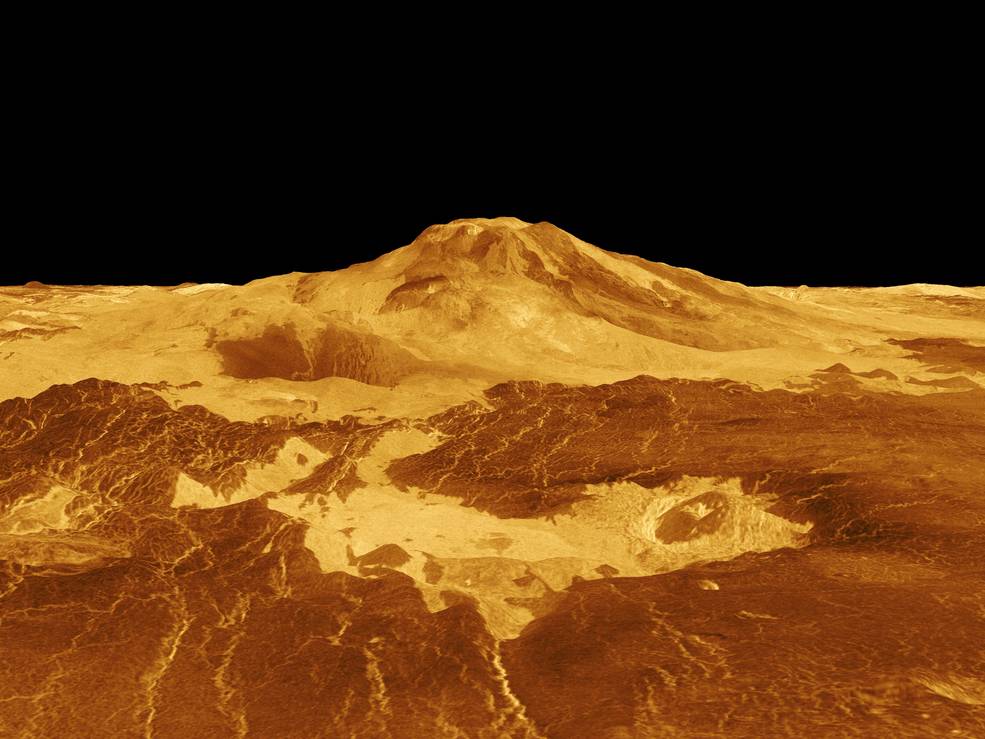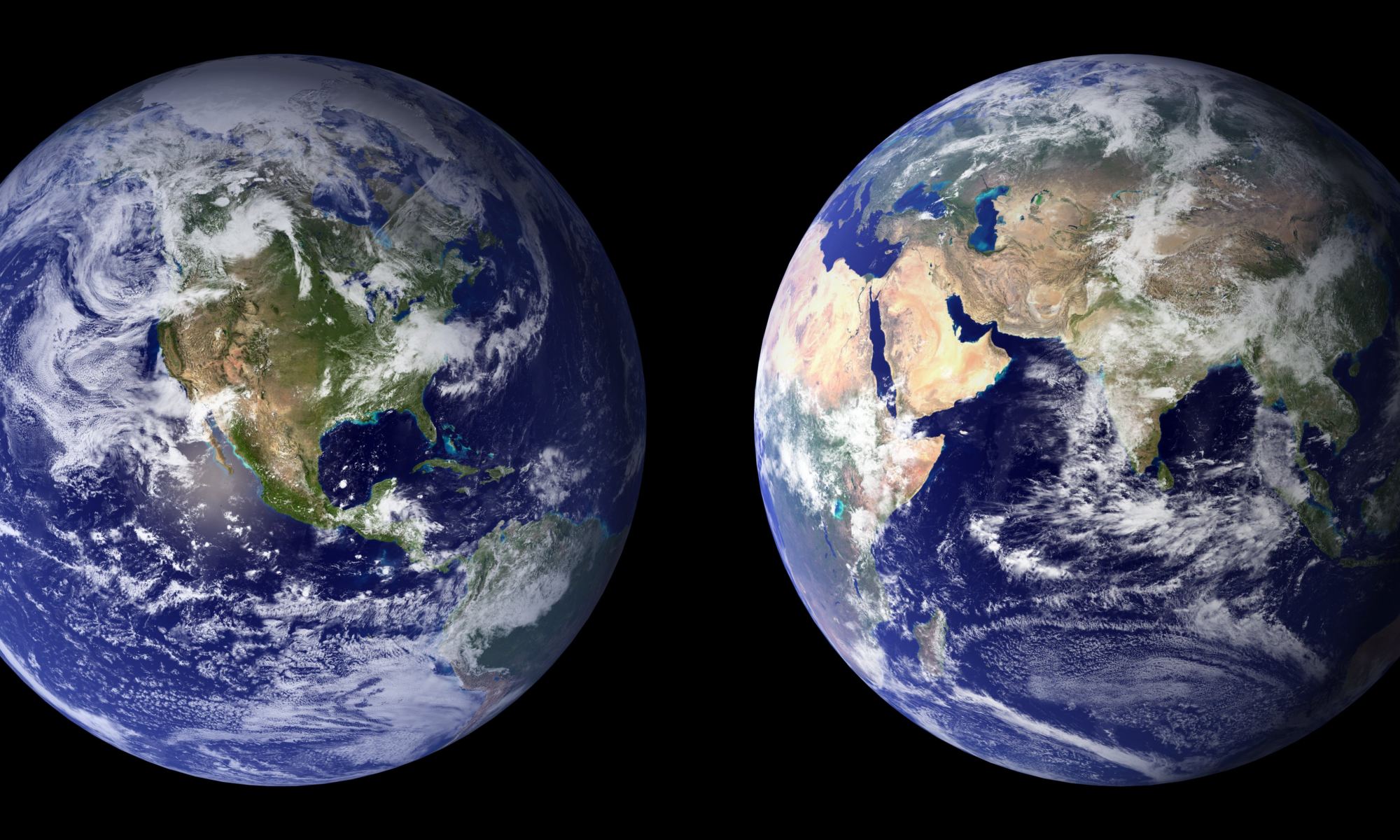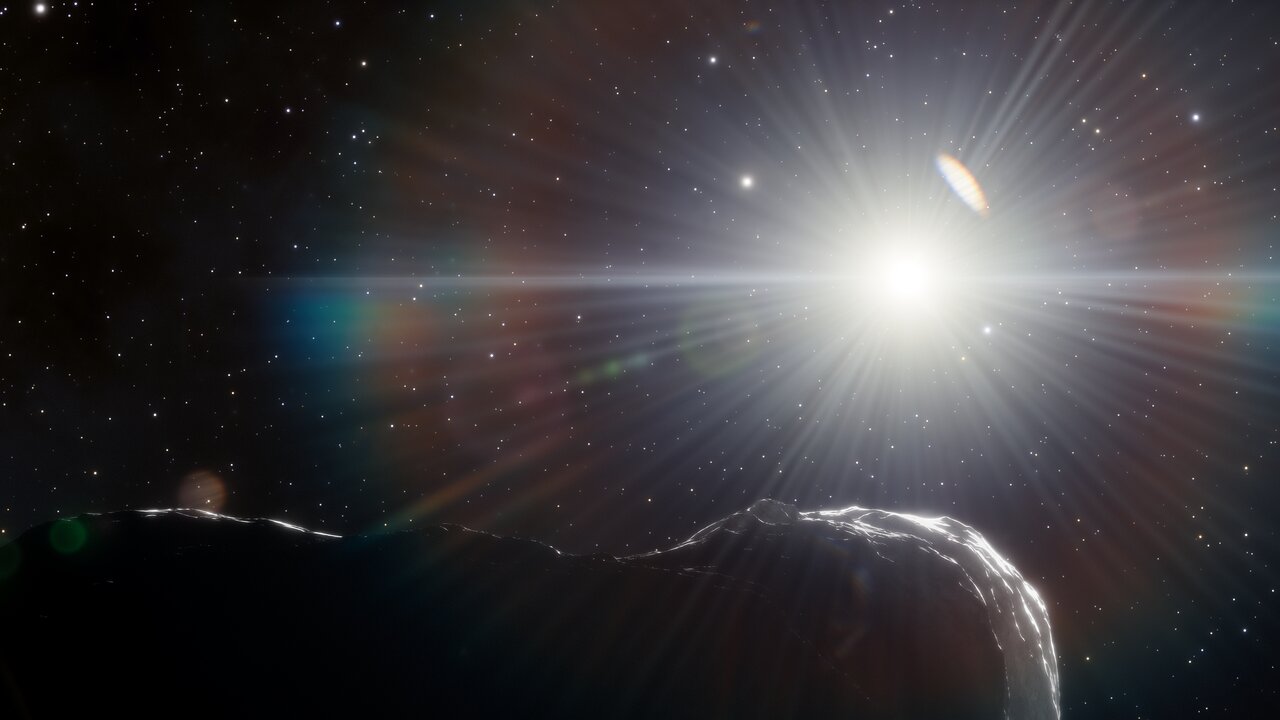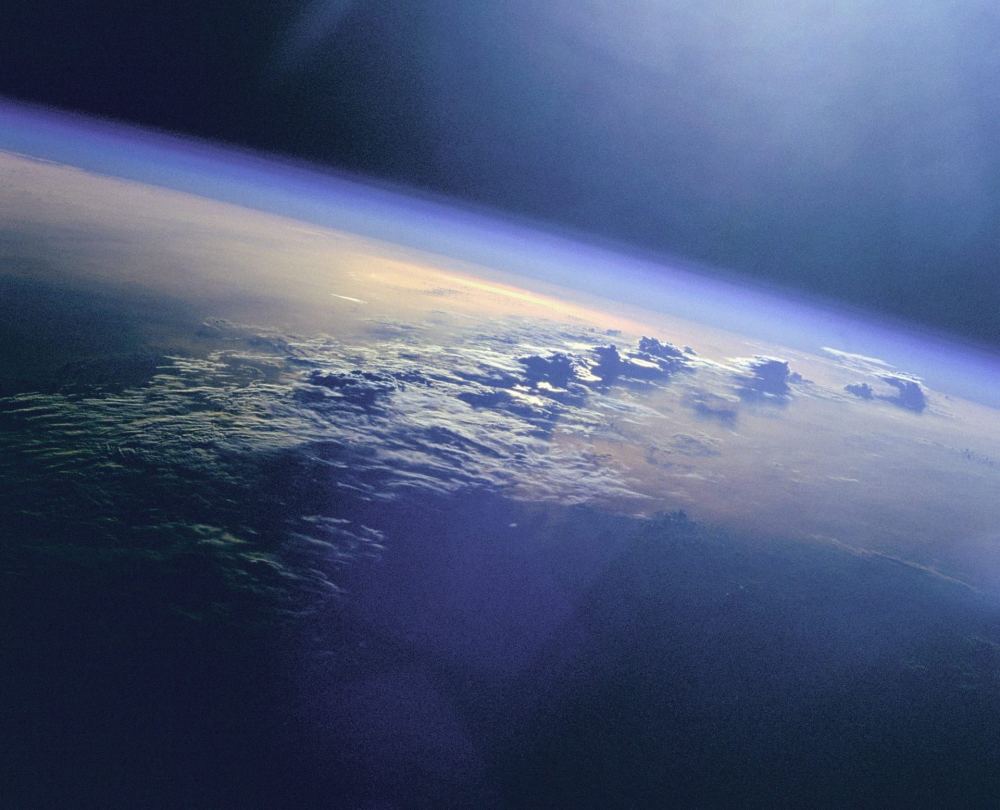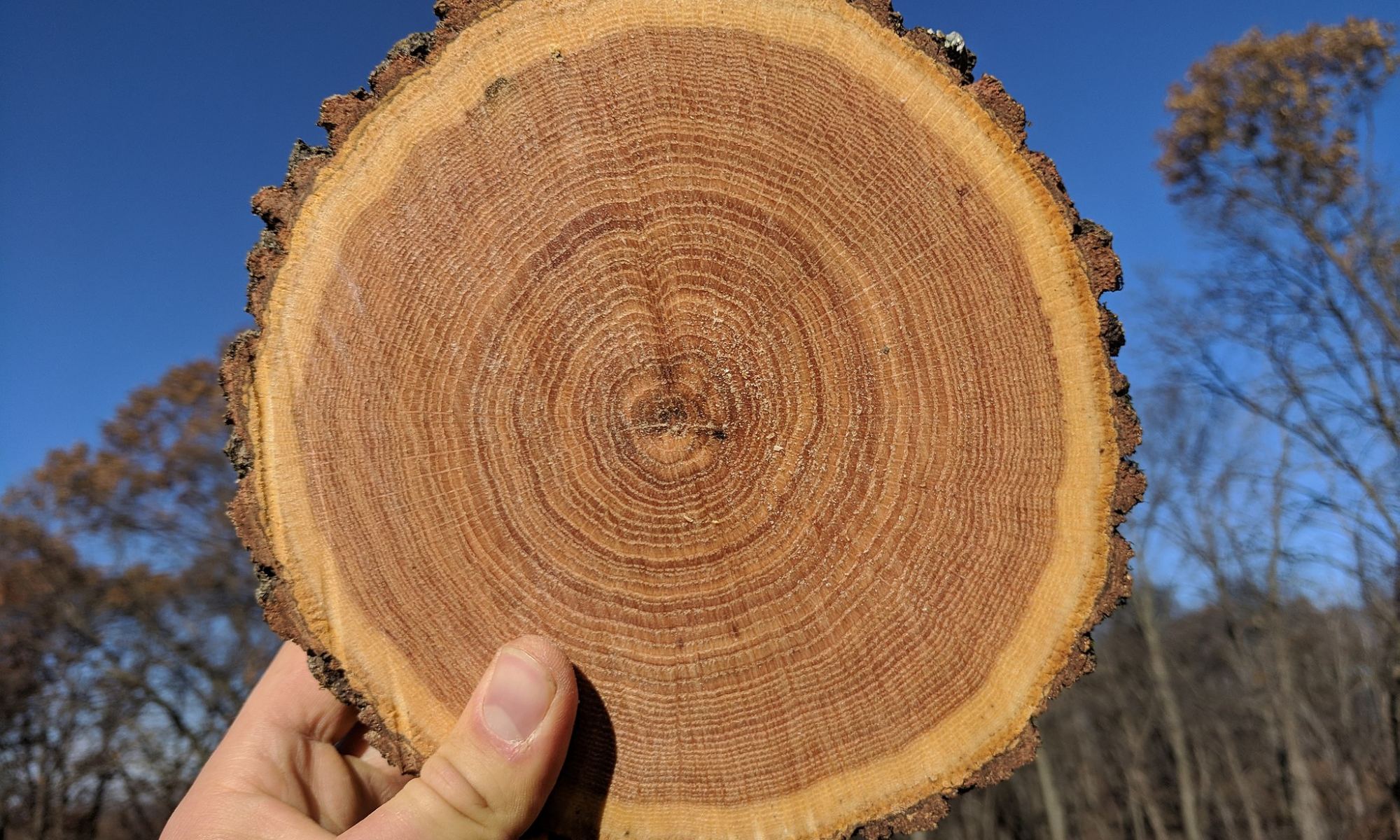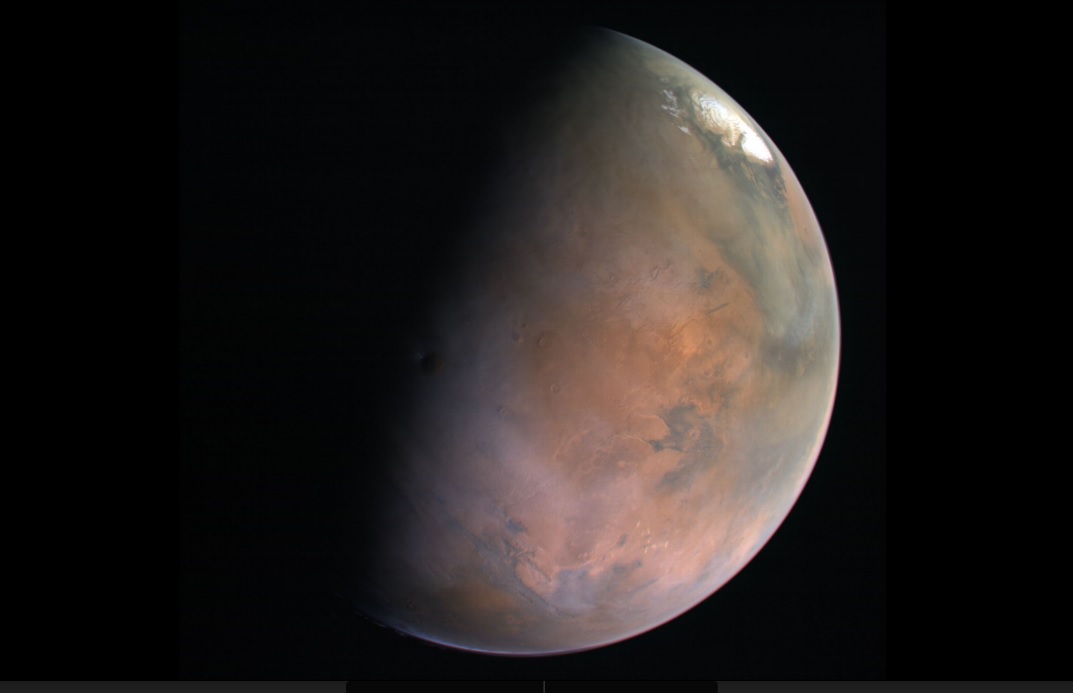There are 8 billion of us now. The UN says when the population peaks around the year 2100, there’ll be 11 billion human souls. Our population growth is colliding with the natural world on a greater scale than ever, and we’re losing between 200 and 2,000 species each year, according to the World Wildlife Federation.
An Engineer from the UK says that one way to mitigate the damage from the clash between humanity and nature is to create more habitat. We could do that by building Terran ecosystem preserves on Mars.
Continue reading “Should We Build a Nature Reserve on Mars?”
